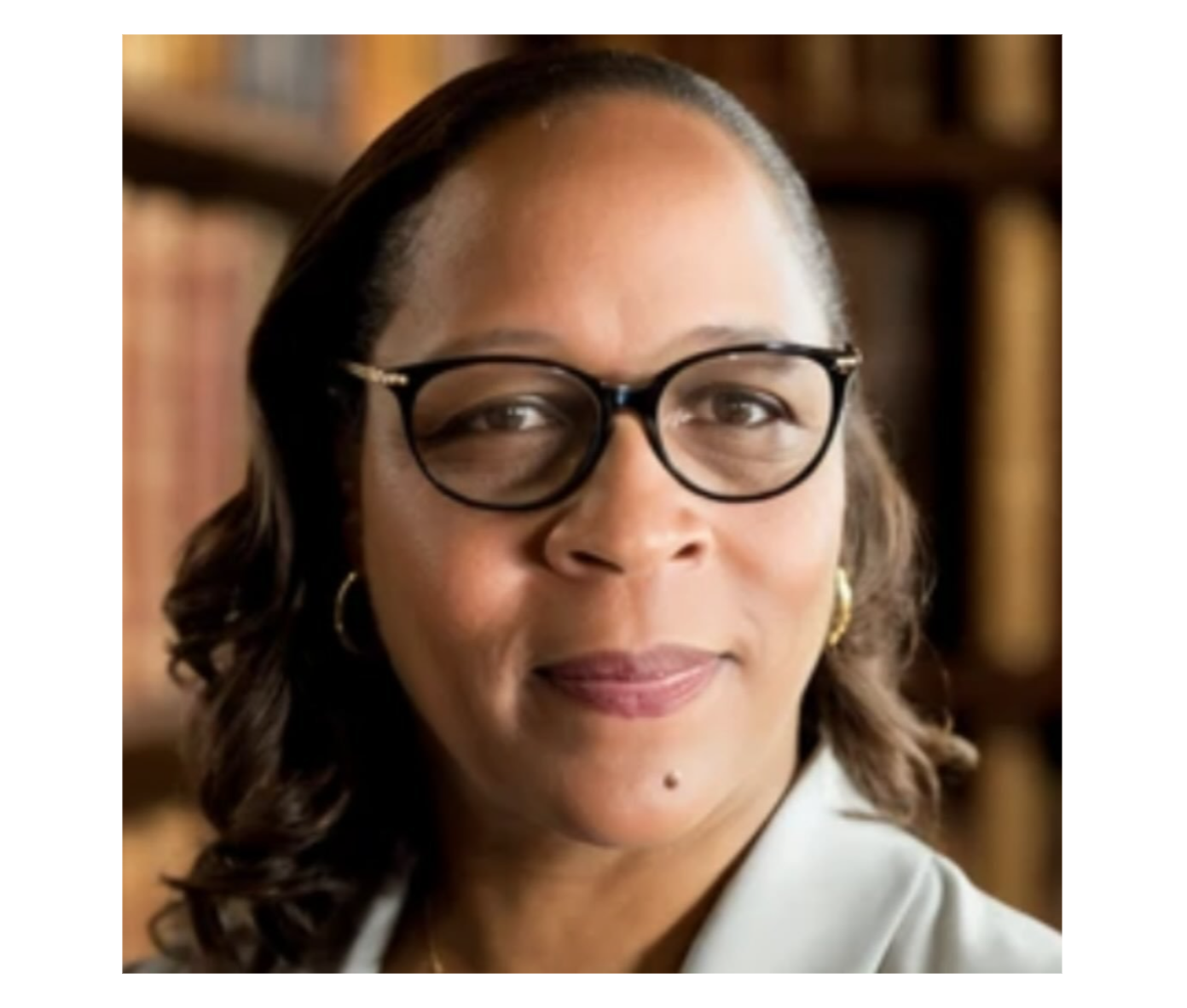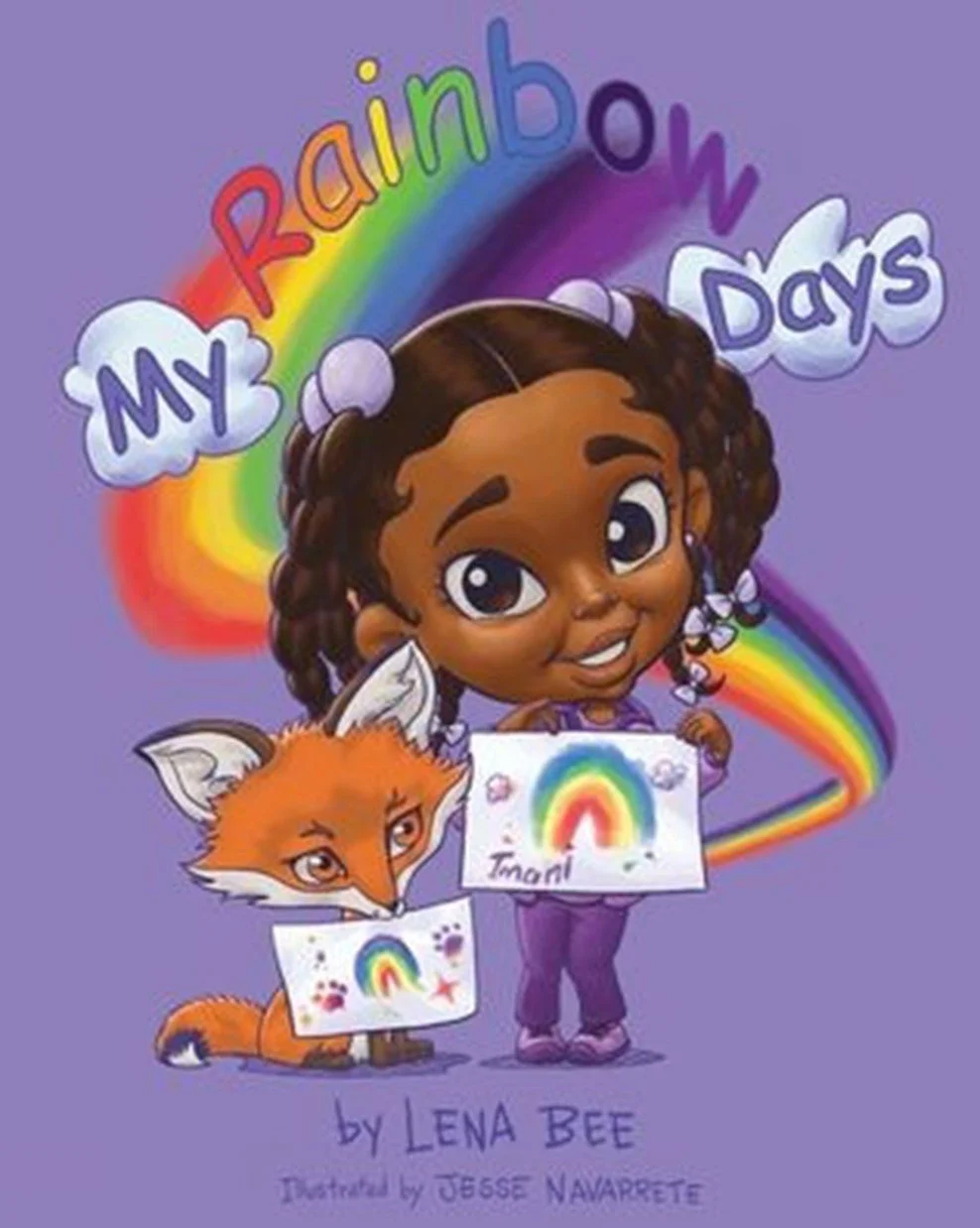Colorful Conversations: Lanesa 'Lena Bee' Journey in Children's Storytelling
Lena Bee is an early childhood educator with over 20 years of teaching experience. Her book “My Rainbow Days,” intertwines the themes of colors, feelings, and self-expression, using the metaphor of colors to help children articulate their emotions. Inspired by her extensive background in education and a desire to address the emotional needs of children, Lena's writing emphasizes the importance of representation and inclusivity in storytelling. Her work not only encourages kids to see the world through a colorful lens but also opens doors for important conversations about feelings, resilience, and diverse experiences.
What inspired you to become an author or what inspired you to write “My Rainbow Days” and how did the idea evolve over time?
I have been an early childhood educator for about 20 years, and I also worked as a center director for around five or six years. During my time in the classroom, I noticed how much of an impact books had on children's experiences. I wanted to contribute to that by writing down my ideas and sharing them with children. I recognized a need for books that address adverse childhood experiences—books that reflect the challenges some children face. My goal was to create a story that could help initiate important conversations about feelings.
With "My Rainbow Days," I aimed to introduce the seven colors of the rainbow, the seven days of the week, and seven significant feelings that children experience in a day, or even within a week. This was my first step into the educational side of writing.
What is the most challenging part of being a writer and what did you find most difficult when writing your book and how did you overcome them?
The most challenging part of writing for me is crafting stories that are personal and dear to my heart while respecting the feelings of others involved in those situations. For instance, after experiencing the loss of a child, I felt the need to write a book that could help children understand death and grief, especially since I found a lack of age-appropriate resources for preschoolers at that time. I wanted to be the author who could address that need. I spent a lot of time observing children's behavior and how they respond to different stimuli and experiences. The hardest part is making my writing relatable today because children have changed over the decades; those in the 70s, 90s, and 2000s are very different. Adjusting my writing style to reflect what childhood looks like today is quite challenging for me.
How does this book reflect the importance of representation in storytelling?
I want to ensure that everyone can see themselves in the characters in my books. I made Imani a character who authentically represents not only African American children but all children, as I try to reflect experiences that resonate with all young readers today. My goal is to challenge stereotypes, as people often have preconceived notions about how children will behave. By using representation in literature, I aim to avoid these stereotypes and create authentic characters rooted in their cultural contexts.
I didn't want to write about children with bad behavior; instead, I wanted to focus on relationships and culture. For instance, in "My Rainbow Days," I included a grandmother to reflect a multigenerational experience. I strive to ensure that all my books are diverse and address various age groups and aspects of childhood, so that any child could step into Imani's shoes.
How did diverse voices and perspectives enhance the literacy landscape, and what role do you envision your book playing in fostering a more inclusive literary community?
In my books, I focus on different aspects to enhance the literacy landscape through diverse voices. For instance, I want to write an Ojibwe alphabet book to introduce this culture, even though I don't share that background. This will provide representation and highlight the significance of the Ojibwe culture in early childhood literature. Additionally, in my book "Bryson and the Beast," I aim to highlight the important role fathers play across all races. In this story, Bryson faces his fears by confiding in his dad, which reinforces the idea that diverse voices help break down stereotypes and promote authentic cultural experiences.
What role do you think storytelling plays in helping cope with children’s feelings?
In my experience, storytelling plays a role in helping cope with feelings. I started writing books for children because I lost a child and had three other children. I noticed there weren’t books about grief, and I see my work as a way to connect children. In "Blueberry Blue Jay," the dad blue jay fights a crow, causing one of the eggs to fall and not hatch. The parent blue jays have to explain to the baby blue jays what loss is and that even though it hurts, we still have to go on with life. We still have to learn to fly and leave the nest. I want to ensure that this is the legacy I leave in my work.
What feedback have you received from readers or parents and how does this impact your perspective as an author?
My feedback has been very positive overall. My first book, “Naptime with Imani and the Fox,” has won 15 awards including from Planting People Growing Justice, and my second book, “My Rainbow Days,” has won four awards. The Golden Wizard in London noted how my poetry stands out among other books, which means a lot to me because I draw inspiration from my grandfather, and my mother is an English teacher. I'm proud of my work with phonetics and rhyming. When organizations like the Golden Wizard and Planting People Growing Justice recognize my writing, it feels like I'm connecting with my ancestors and passing that legacy forward for future generations.
What do you enjoy the most about writing? What are your hopes for future projects? How will you continue to promote literacy, uplift diverse voices, and cultivate greater inclusivity and storytelling?
The biggest thing I enjoy is poetry. I hope to take my work and share it with new teachers. One of the most valuable things we can do as educators is pass on knowledge to new teachers. Even though the children are very different, the pedagogy is the same, and helping teachers connect to what's happening in the classroom is huge. I would like to be the bridge, holding conferences with early childhood specialists to show teachers how to use my work in their classrooms, helping children connect with their feelings and express them to others.
I also want to address adverse childhood experiences. For instance, my children experienced the death of their brother and a grandparent. Grandparents are staying in the workforce longer and are not at home with children like in the past. Loss is different now, but it still needs to be acknowledged. I want to help early childhood teachers start those difficult conversations and support children as they navigate them.
Children are concrete operational thinkers and can't understand abstract ideas. A book that makes everything concrete can guide those conversations for teachers and parents. We sometimes tell children little white lies to protect them, but I want to show that we can be honest with children and express our feelings. I didn't want to cry too much around my children, but then they felt like they couldn't be sad. If I could change anything, it would be to show that you can cry as much as you need to and still be loved and accepted, even with those big feelings.
What advice would you give to other aspiring authors looking to write children's books?
I would say, write what speaks to you, write from your heart and write your history. The book that I'm working on right now is called “Fire the Philly,” and it’s a story about a young horse who's born with a disability. The other horses are helping her with her rehabilitation. In the horse stable, there are plaques that show the history of African Americans in the Derby, with famous horses and famous handlers. This is exciting because it's an opportunity to share my history with other children that look like me and to make sure that we're not losing that history. My advice is just to write. Just grab paper and a pen and write it down. However it comes out, you can play with it later, mold it, and add to it.


